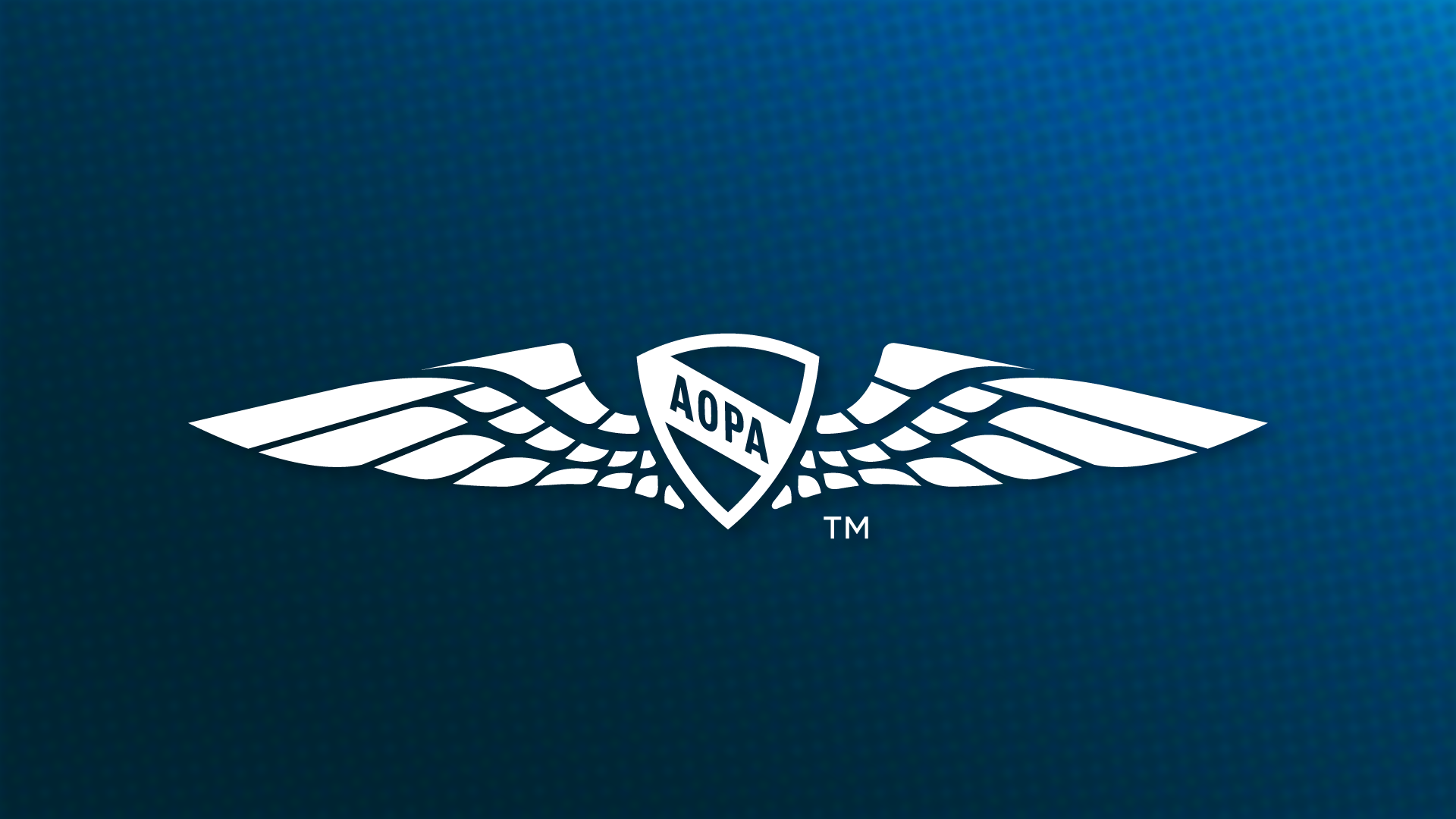Mel Fielder can fool you. Dressed in a beige flight suit as he waits for his next Stearman passenger on a golden summer afternoon, he doesn't look much like an FAA official. But then, he doesn't really look like a pilot who used to fly for Air America in Southeast Asia, either. Or, for that matter, a man whose first 20 skydiving jumps were into the mountains between East and West Germany with a German shepherd strapped to his chest so that he could help refugees escape across the border. Or, while we're at it, perhaps the only pilot in history to have made his one and only aircraft carrier landing in a Fairchild C-123 cargo plane.
But despite his quiet, unassuming manner, Fielder is all of these things and more. It would be easier to list the FAA ratings he doesn't have than the ones he does. His multiple-page certificate reveals that he is an ATP in both airplanes and rotorcraft, with type ratings in aircraft ranging from Boeing Chinook helicopters to the McDonnell Douglas DC-10; an A&P; an IA; a CFII and MEII in fixed wing and rotorcraft; a commercial pilot in single and multiengine seaplanes, gliders, and lighter-than-air free balloons; a flight engineer, turbojet; an advanced and instrument ground instructor; an aircraft dispatcher; and a senior parachute rigger.
When he is not volunteering his time to give Stearman rides for the Planes of Fame East air museum near his home in Minneapolis, Minnesota, he works as an aviation safety inspector for the FAA. Although he currently works in the airline division, five of his 14 years with the FAA were spent doing the same job in the general aviation section. He knows that FAA inspectors are not exactly popular with most GA pilots, but he says he had a good working relationship with most of the pilots he encountered. "I tried to find ways of correcting people informally, if possible," he says. "I think my flying background and age gave me enough credibility that I could usually take a young pilot and give him a real strong verbal warning and accomplish what I needed to do without taking any official action."
Fielder began flying after he got out of the Army in 1959, where he had worked as a helicopter mechanic. "I wanted to fly, but they weren't taking any applications for pilots when I went in," he explains. He got a job as a mechanic with a crop-dusting company and learned to fly in his spare time. Less than six months later, he had a commercial ticket and was spraying crops, first in a Piper Pawnee and then in a Boeing Stearman biplane. He got the helicopter rating just "for the challenge of learning to fly something new," but he soon found himself working as a civilian helicopter flight instructor for the Army at Fort Rucker, Alabama.
By 1965 he was more than a little tired of instructing and wanted to get out of Alabama. A friend was going to fly helicopters in Southeast Asia for a little-known outfit called Air America. It sounded like a fun adventure, so Fielder applied for a job with them, as well. For two years he flew Helio Stallions, Pilatus Porters, and C-123s for the CIA-sponsored airline, transporting POWs and refugees, delivering supplies, and performing a wide variety of other transport duties. "The movie they made about [Air America] with Mel Gibson actually had a lot of parts in it that were pretty close to how it was," he says.
Getting details of Fielder's adventures there, however, takes persistence. Unless he is pressed, the only mention he makes of his Air America flying is an occasional nonchalant comment such as, "Well, the Porter's not a high-performing plane, but if I have to go in and out of a 200-foot strip on the side of a mountain, that's the airplane I want." Or, "Well, I do have one carrier landing but no takeoffs." The carrier landing happened when he was flying a C-123 full of North Vietnamese POWs the military wanted to interrogate. Saigon was weathered in, and he didn't have enough fuel to reach any open airfield, so he was directed to land on an aircraft carrier off the coast. "I put it down on the numbers, with the engines in reverse and the brakes locked," he remembers.
After adventures like these, some pilots might find working for the FAA and flying biplanes around the Minnesota farmland a tad on the dull side. But Fielder doesn't think so. "I enjoy flying, period," he says. And giving rides in the biplanes gives him a kind of freedom and reward he relishes. The interaction he has with his passengers is also undoubtedly a nice change from his role as FAA inspector. "I can count on one hand the number of times people didn't come back with smiles on their faces," he says.
Besides, giving Stearman rides has allowed him to get reacquainted with an old friend. When the museum bought a Stearman last year, Fielder thought its registration number looked familiar. It should have. Fielder had spent almost 700 hours spraying crops in that very airplane, more than 30 years ago.
